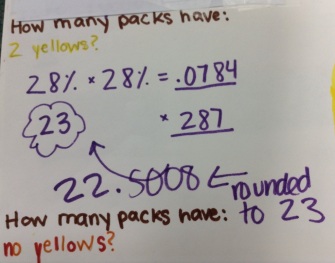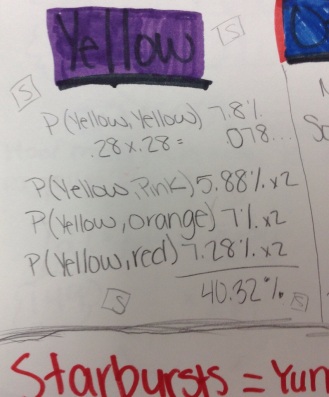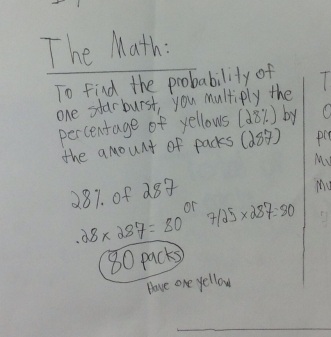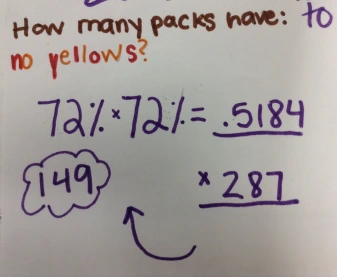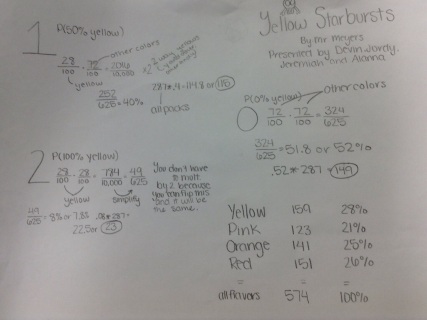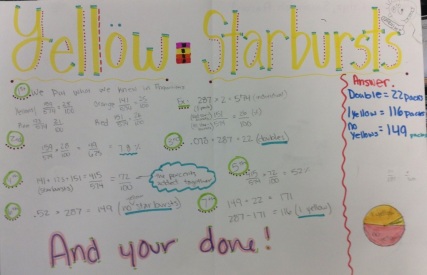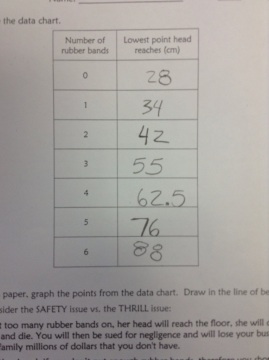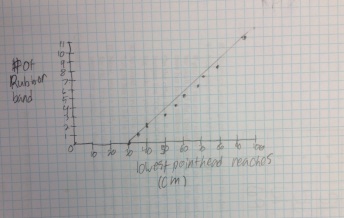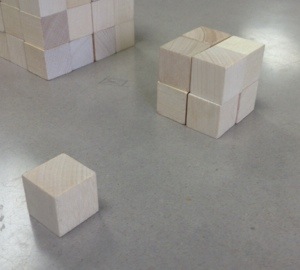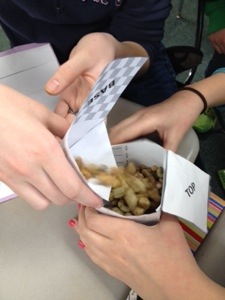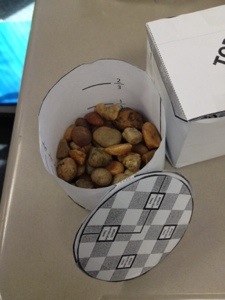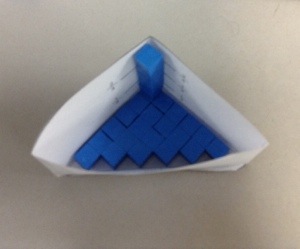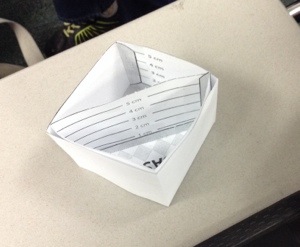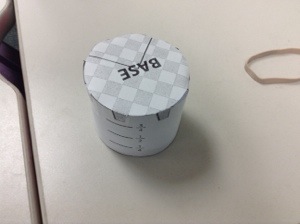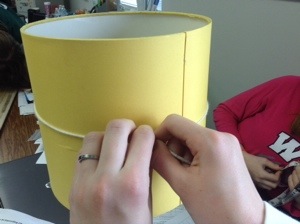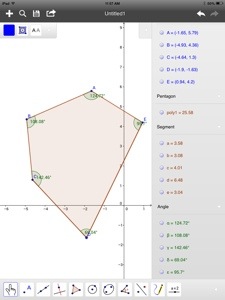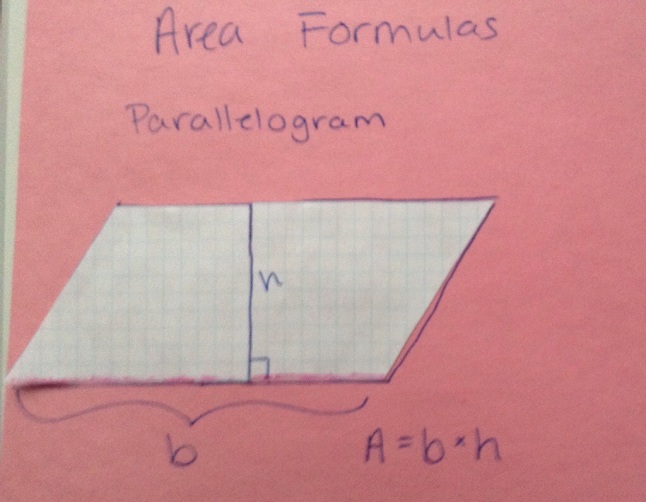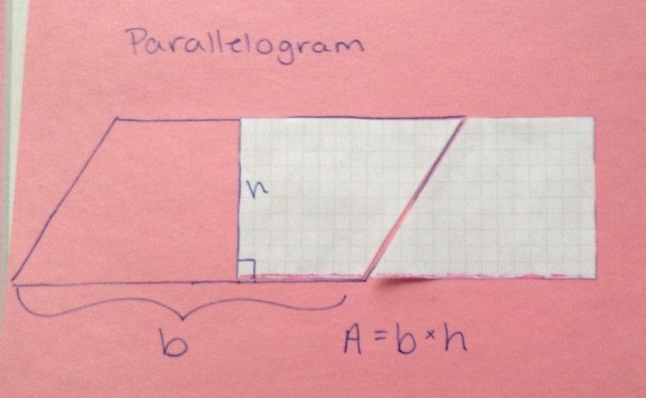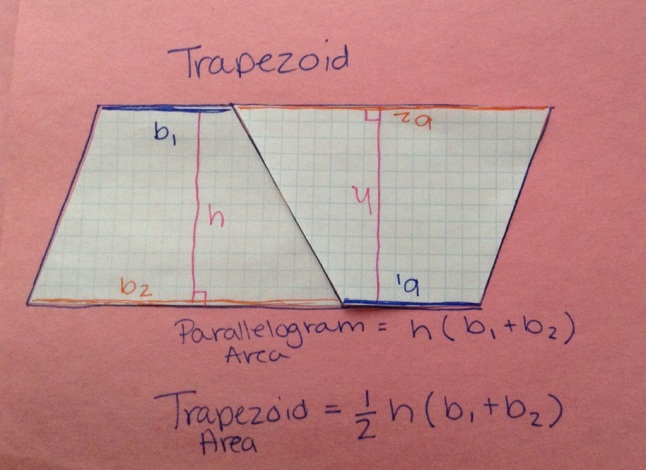The Problem
Each year teachers are asked to accomplish more and more within their school day. It often seems that there is more content to teach than there is time to do it. With the shift to the Common Core State Standards this year, I felt this more than ever. I am supposed to be teaching with a conceptual approach in mind. Students are supposed to not only be learning mathematical content but they should also be creating mathematical models to represent real-world situations. To me, this means that I need to be spending more time in class working on inquiry-based activities, discovering concepts, conducting simulations, making models and all those other wonderful teaching strategies that made me want to be a teacher in the first place! Sounds like a match made in heaven, right? Ummm… sort of? These activities take a lot of time! And time is not easy to come by as a teacher. I have been working to incorporate more of those great strategies this year, but now that I have made it to spring I am wondering, “How I will ever make it through the curriculum before June?!?”
So I started thinking about how I spend my time in the classroom. I teach 90 minute classes, which is awesome. But I don’t feel I use that time as efficiently as I could. For the most part, we cover a lesson/concept a day. If I want to add in an activity it spills over into the next day so we end up spending two days on that lesson. I have a hard time getting an activity AND notes done in one class period. If I can somehow find a way to accomplish both in one class period, I could do many more engaging and hands on activities. This is my goal.
I began tracking how I spend my time each day.
- Warm Up (5 min.)
- Good Things (5 min.)
- Correct homework from previous day (1-2 min.)
- Go over homework questions on the board (20 min.)
- Break (5 min.)
- Lesson notes (30 min.)
- Work on new homework with partner (10 min.)
After thinking about each part, I decided the area where the most time was wasted is definitely homework. I assign problems out of the textbook for students to do as practice after each new lesson. We grade them the next day so they can see how they did. The assignment is entered as complete or not complete in gradebook. I usually work on 4-5 problems on the board that the students had trouble with. I also give the students some time to work on their homework at the end of class. I spend about 30 minutes a class just on homework! Can that time be better used on something else? Are the benefits worth the instructional time? Could my students’ achievement increase if I used that time another way? I’m not saying I want to throw out homework all together, but maybe there’s a better way to do it. Which leads me to my project…
The Research
As a project for my graduate class on secondary student issues, I decided to research the effect of homework on student achievement. From there, I will use what I find to help me rework my current model for assigning homework. Below are some of my findings that I found to be especially impactful and important in answering my questions about homework.
Which students benefit from homework?
- Advantaged students: Homework has a significant positive impact on advantaged students but not on disadvantaged students. Because of this, when homework is assigned to a whole class, the achievement difference between advantaged and disadvantaged students becomes greater. (Ronning, 2011)
- White students: The impact of homework was greater on white students than black students. (Eren, 2011)
I assume this is due to socioeconomic status disparities as well but researchers did not discuss this in depth.
- Students with well-educated parents: Homework has a negative effect on students whose parents have a low education level due to the parents’ lack of ability to help the student. Students with well-educated parents show a greater increase in achievement from homework. (Ronning, 2011; Eren, 2011)
- High ability students: Ability is strongly linked with achievement increase due to homework. Higher students improve more from homework than lower students. (Eren, 2011)
- Older Students: Students in secondary classrooms show achievement growth from homework. (CCL, 2009) Most studies of elementary students do not show an increase in achievement due to homework. (Cooper, 2006)
What does homework require to be most effective?
- Active Learning: Homework that required rote repetition and memorization did not benefit students as well as homework that required deeper thought and active learning. (CCL, 2009)
- Time Limit: Less than one hour a night showed positive achievement growth. More than two hours a night did not show an increase in achievement. (CCL, 2009) More than seven hours a week in homework showed lower test scores. (Eren, 2011)
- Effort: Student effort on homework is more directly linked to achievement than time spent on homework. (Trautwein, 2007)
- Math Content: Math homework has a greater effect on student achievement than in English, history and science. (Eren, 2011)
The Changes
Having read through many studies and articles, I am convinced that homework is still something I should be having my students do. But I need to make some changes to how I approach it! I wrote some rules for myself:
Rule 1: Don’t blindly assign homework problems from out of the book. Textbook problems tend to focus on repetition and memorization. They do not often require students to think deeply or engage in active learning.
Rule 2: Assign fewer problems but make sure they are more challenging and require reasoning and conceptual understanding. Effort matters more than time spent! Short but still challenging problems could accomplish this. My initial thought is to assign no more than 5-7 problems per assignment. If a student can do 5 problems correctly, who am I to make them do 20 problems? See Dave Coffey’s post on a great way to spice up a boring worksheet.
Rule 3: Incorporate problem solving into weekly or biweekly assignments. See Fawn Nguyen’s post for further elaboration.
Rule 4: Encourage a love and appreciation for math by allowing students to explore math’s applications in art, games, puzzles, etc. I am going to try using Math Munch. Again, see one of Fawn Nguyen’s post. (She’s awesome!)
Rule 5: Find a way to give additional homework support to disadvantaged students, students with lower ability, and students with parents with lower educations. My initial thought is to offer specific homework lab times during lunch or after school.
I am sure I will come up with many more rules for myself as I go, but I thought this was a good start! While this may not solve all of my issues with time spent on homework in class, I am hoping that assigning fewer problems will save me a lot of time. I’ll try to keep you updated as I go!
References
Canadian Council on Learning (2009). Homework helps, but not always: Lessons in learning. Canadian Council on Learning, 1-9.
Cooper, H., Robinson, J., & Patall, A. (2006). Does homework improve academic achievement? A systematic synthesis of research, 1987-2003. Review of Educational Research, 76 (1), 1-62.
Eren, O., & Henderson, D. (2011). Are we wasting our children’s time by giving them more homework? Economics of Education Review, 30 (5), 950-961.
Ronning, M. (2011). Who benefits from homework assignments? Economics of Education Review, 10, 55-64.
Trautwein, U. (2007). The homework-achievement relation reconsidered: Differentiating homework time, homework frequency, and homework effort. Learning and Instruction, 17, 372-388.
